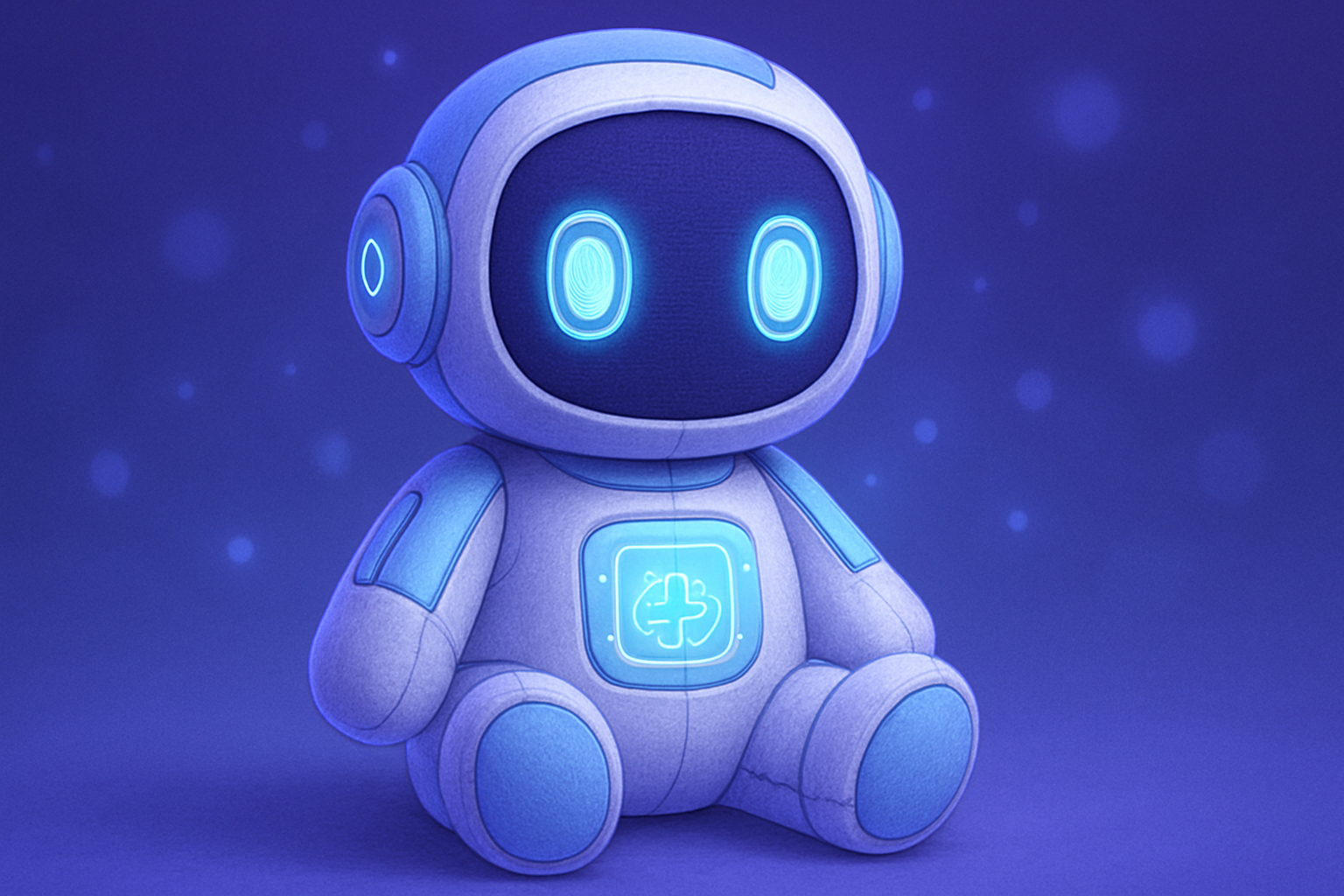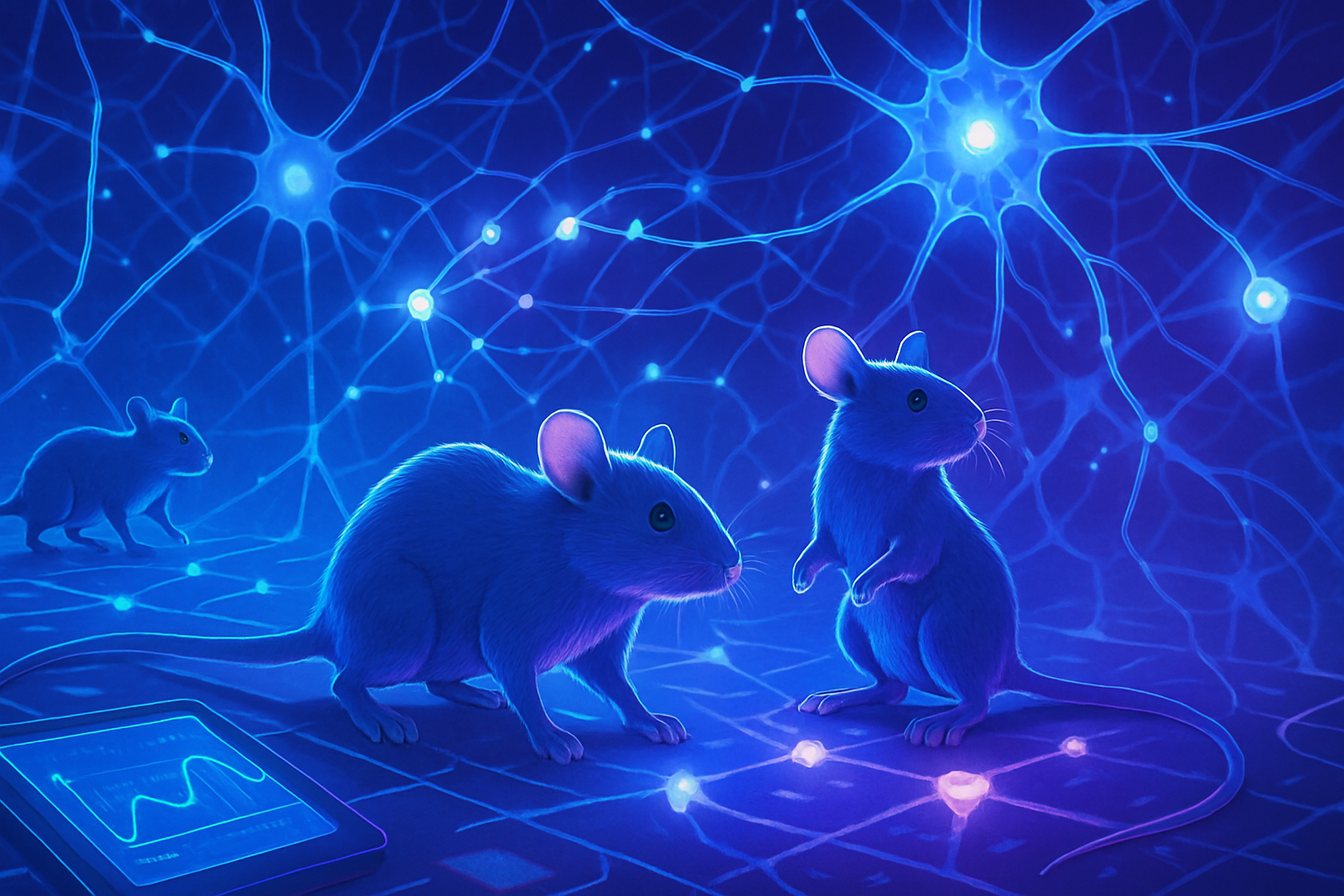Canva is reinventing the creative process with its conversational AI now available in French. This tool, paving the way for a more accessible and personalized design, promises to transform the experience of French-speaking users. The artificial intelligence, enriched with an understanding of cultural contexts, adapts to local and visual preferences for each language. The language barrier, long viewed as an obstacle, crumbles, offering unprecedented opportunities for creators. *Optimizing graphic design becomes a reality*, thus simplifying the ergonomics and creativity of everyone.
Expansion of Canva’s Conversational AI
On September 25, 2025, Canva announced a significant advancement: its conversational AI tool is now available in 17 languages, including French. This deployment, which followed a launch last April, promotes the global adoption of this innovative tool by removing the language barrier for a broader audience.
This update allows Canva to enter 31 new markets, making graphic creation more inclusive while taking into account diverse cultural preferences. Cameron Adams, co-founder and Chief Product Officer of Canva, emphasizes the need to adapt products to the local context: “The majority of our 240 million users work in a language other than English.”
Evolution of Canva’s AI Capabilities
Canva has specified that its conversational AI now incorporates a enhanced understanding of cultural contexts and communication styles unique to each language. This aims to make the user experience smoother and more relevant. The implementation of this technology requires close monitoring to assess its impact on graphic design.
Features of Conversational AI
This AI takes the form of a conversational interface adjacent to the Canva platform. The user has the option to input instructions either in writing or orally to quickly generate multiple creative proposals. These suggestions are directly editable, allowing the user to incorporate elements from the library provided by Canva.
This approach aims to simplify the design process, enabling the user to focus on content while delegating technical aspects to the AI. Tests conducted reveal that Canva’s AI still requires significant improvements before competing with human creativity.
Accessibility for French-speaking Users
French-speaking users can test Canva’s AI. This initiative marks a significant advancement in the goal of providing tools tailored to each user, regardless of their linguistic context. Accessibility to this tool in French while fostering a more intuitive creation experience showcases Canva’s dedication to its users.
For more information on AI advancements, check out articles like this article, examining the global implications of artificial intelligence.
Frequently Asked Questions
What languages are supported by Canva’s conversational AI?
As of September 25, 2025, Canva’s conversational AI is available in 17 languages, including French, German, Arabic, Chinese, and Spanish.
How does Canva’s AI adapt creations to local cultures?
Canva’s AI is designed to integrate a better understanding of cultural contexts and communication styles specific to each region and language, making graphic creation more suitable for users.
What are the benefits of using conversational AI in Canva?
The conversational AI simplifies graphic design by allowing users to submit ideas in writing or orally and access personalized creative prompts, thereby facilitating the creative process without requiring advanced software skills.
Can users test the conversational AI in French now?
Yes, all users can test Canva’s conversational AI in French as soon as it becomes available, allowing them to explore features and create designs easily.
What type of content can be generated with Canva’s AI?
Canva’s AI allows for generating various graphic elements, such as posters, presentations, social media posts, and much more based on user preferences and instructions.
Are there limits to the creativity of Canva’s conversational AI?
While Canva’s AI is useful for generating ideas, some tests show that it still has room for improvement in artistic sensitivity and does not perfectly replace the intuition and creativity of a human designer.






